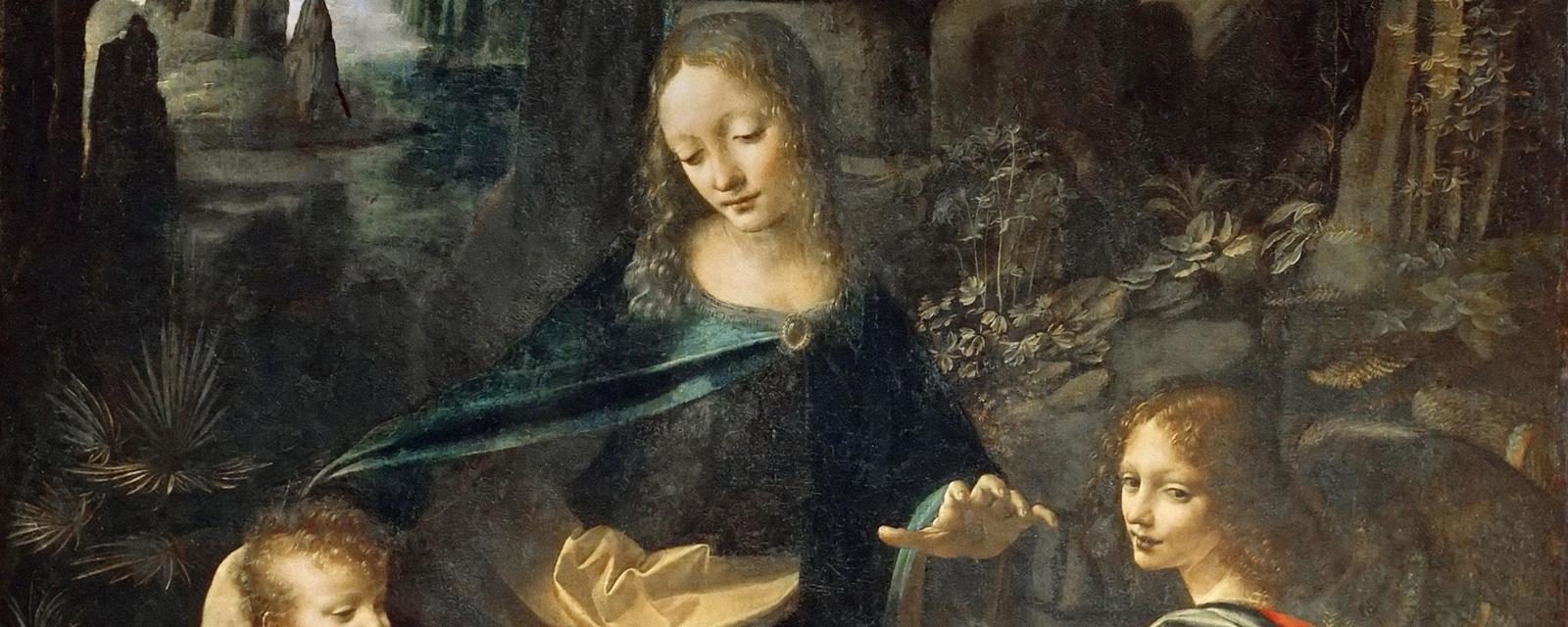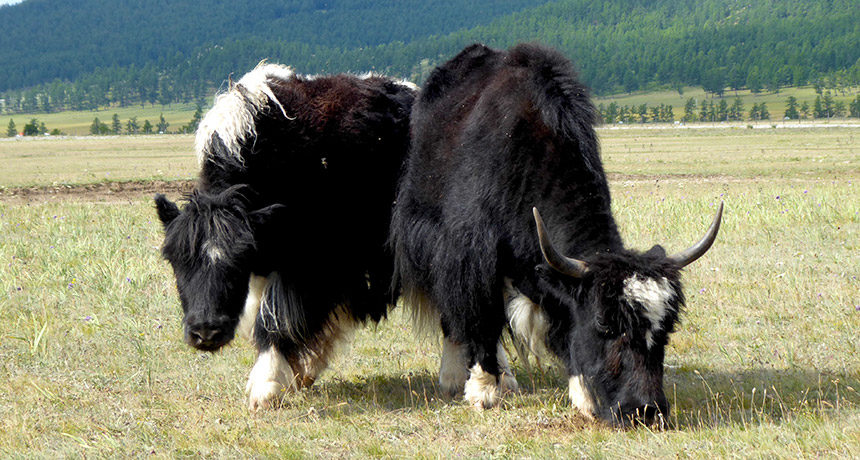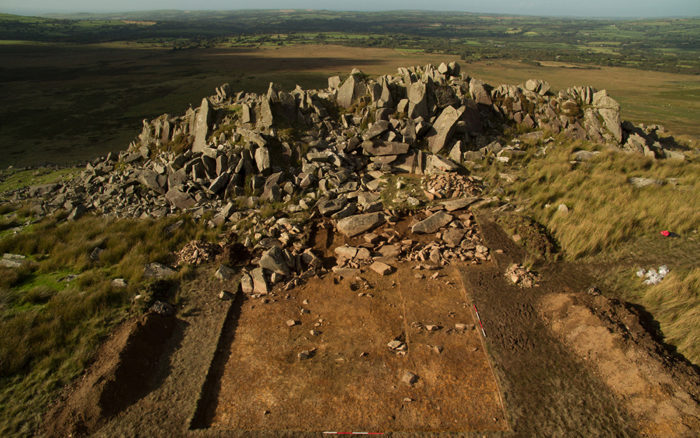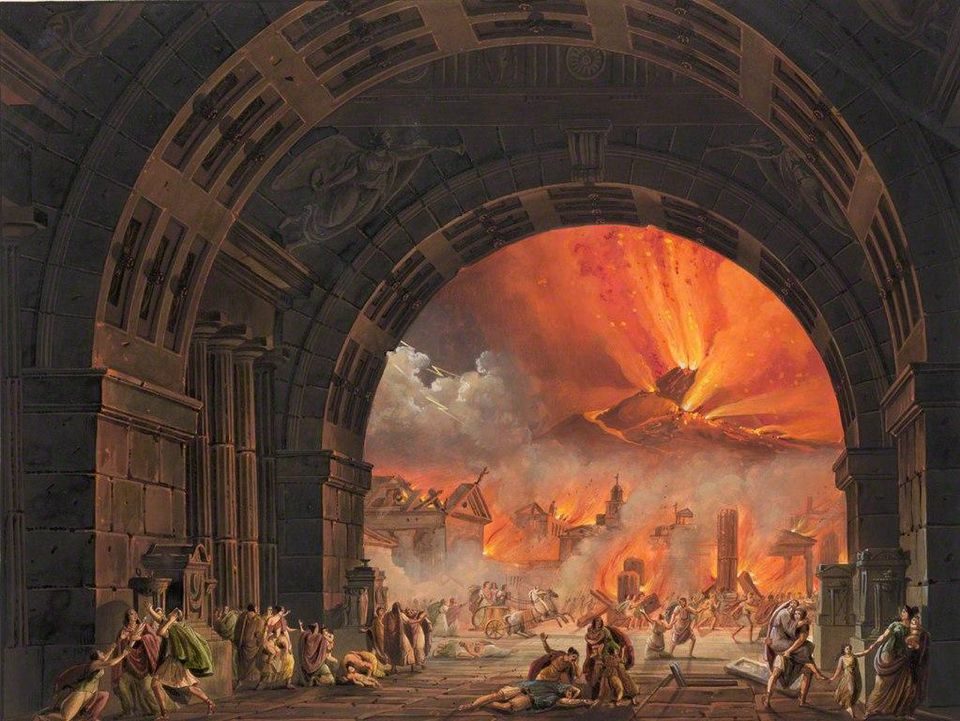
Hiding in plain sight in both paintings is a small and previously overlooked detail that, once spotted, transforms the scene into something more complex and controversial than the vision of a sacred creche, watched over tenderly by the Virgin Mary and the archangel Uriel. They become subversive statements that challenge the Church's conception of the creation of the world. No, I'm not alluding to Uriel's sharp, shiv-like finger in the Louvre version (removed in the later painting), which Dan Brown sensationally claims, in his novel The Da Vinci Code, isn't pointing to John but slicing the neck of an invisible figure, whose phantom head Mary grips like a bowling ball in the splayed fingers of her outstretched left hand.
Comment: Just because Dan Brown interprets something incorrectly that doesn't mean that there isn't something to interpret. Evidently Da Vinci radically changed the later painting and there is likely a good reason he took 13 years to do so.












Comment: For fascinating insight on Da Vinci and what he was encoding in his work check out the link in the comment of: The mystery of Leonardo's two Madonnas
See also:
- Of Flash Frozen Mammoths and Cosmic Catastrophes
- The Golden Age, Psychopathy and the Sixth Extinction
And be sure to check out SOTT radio's: